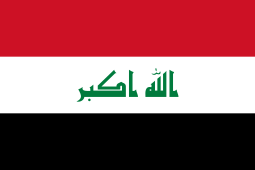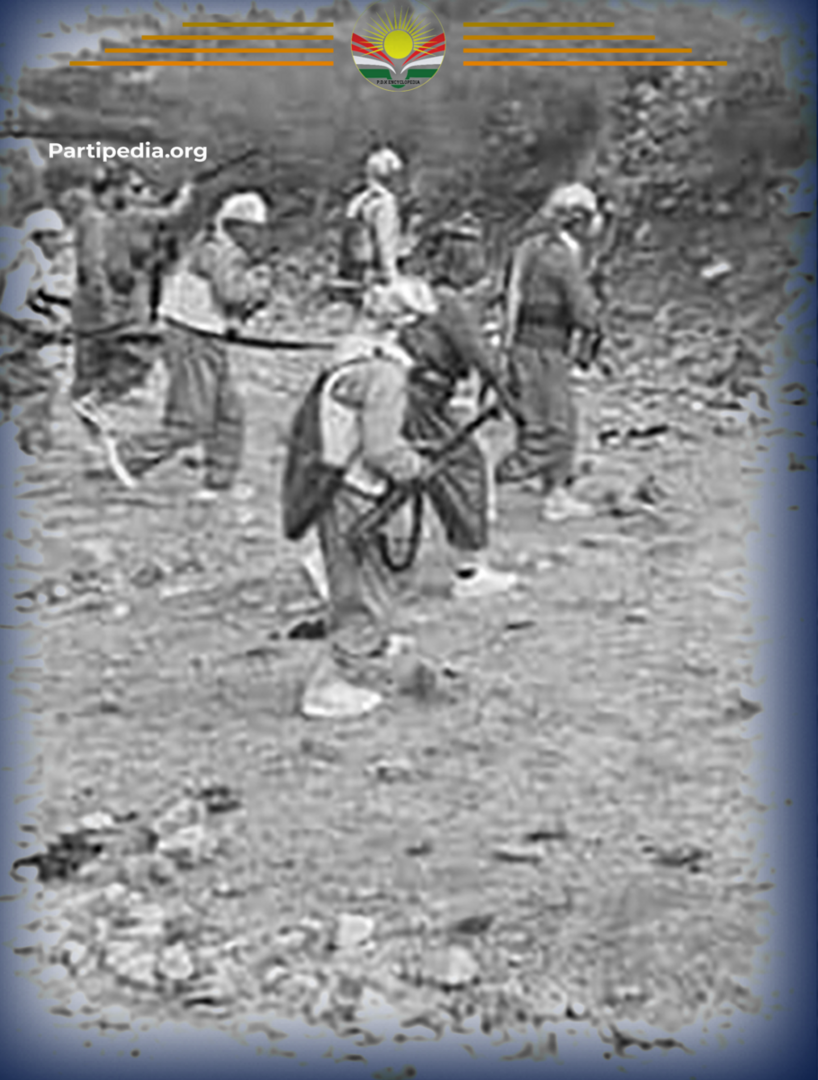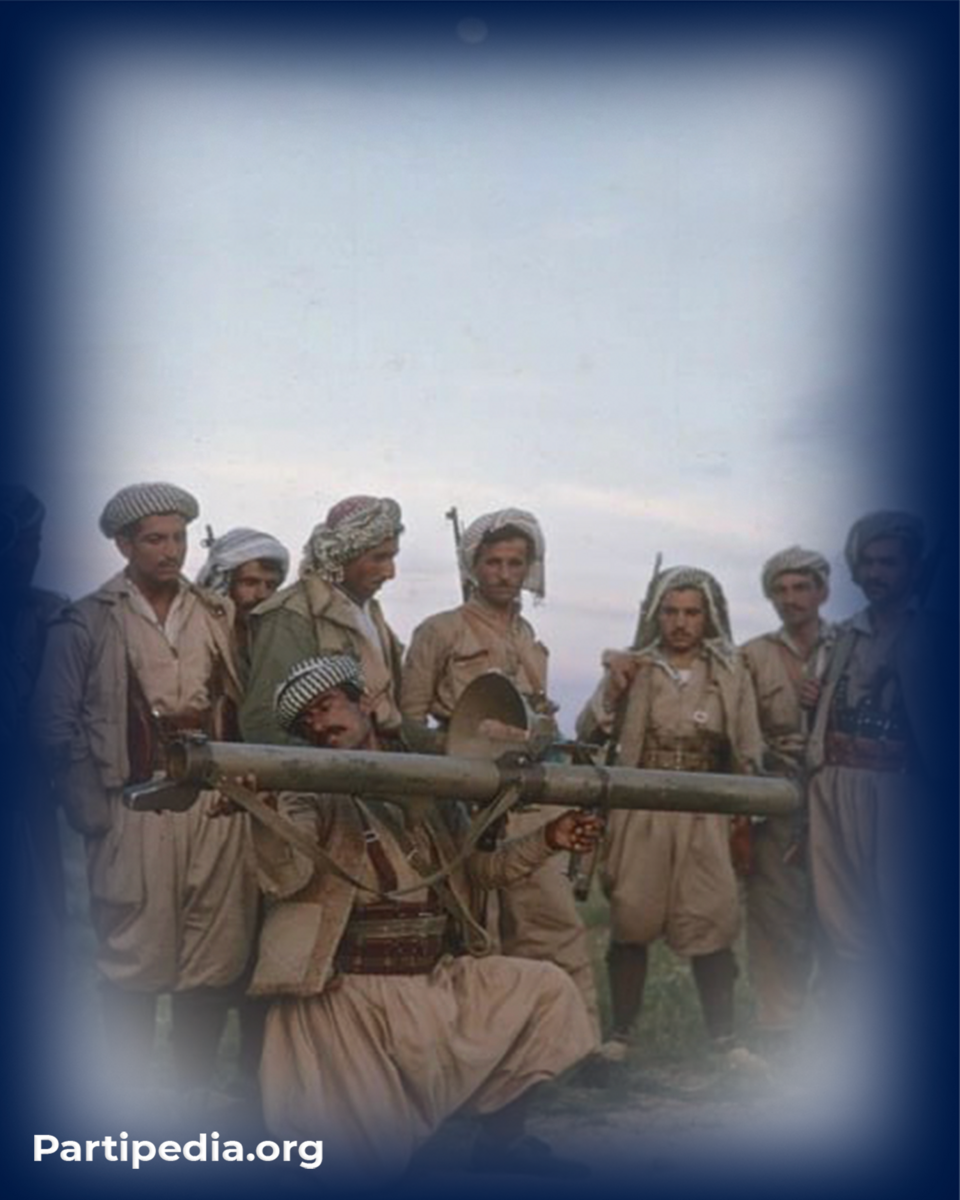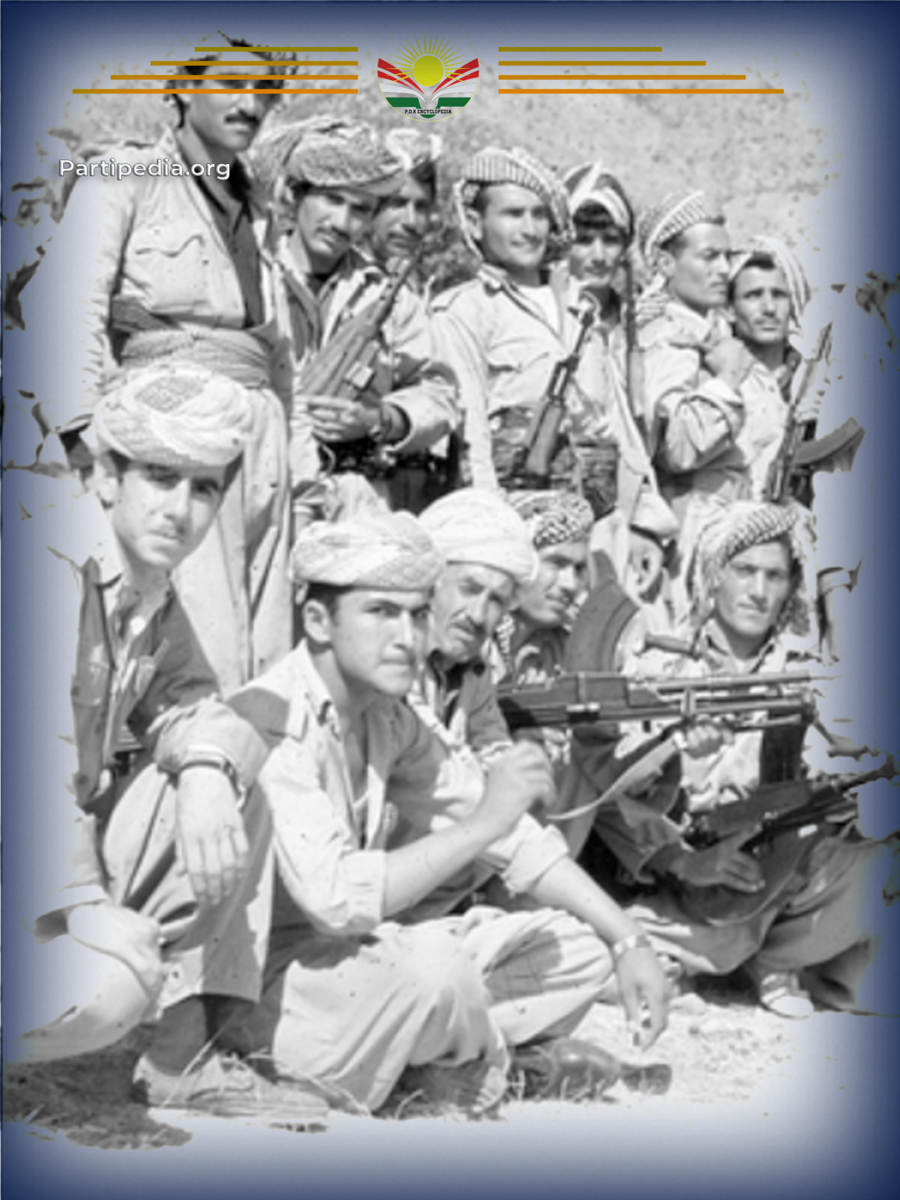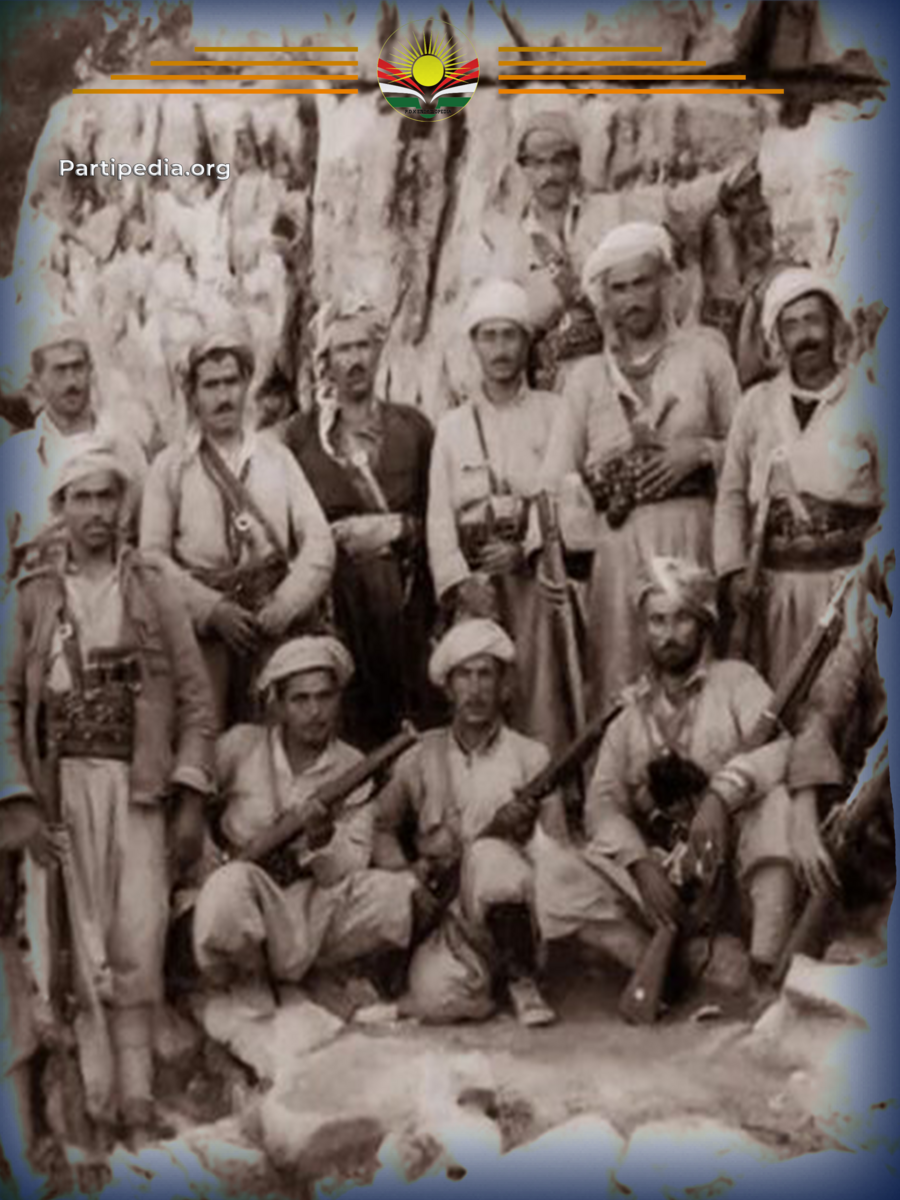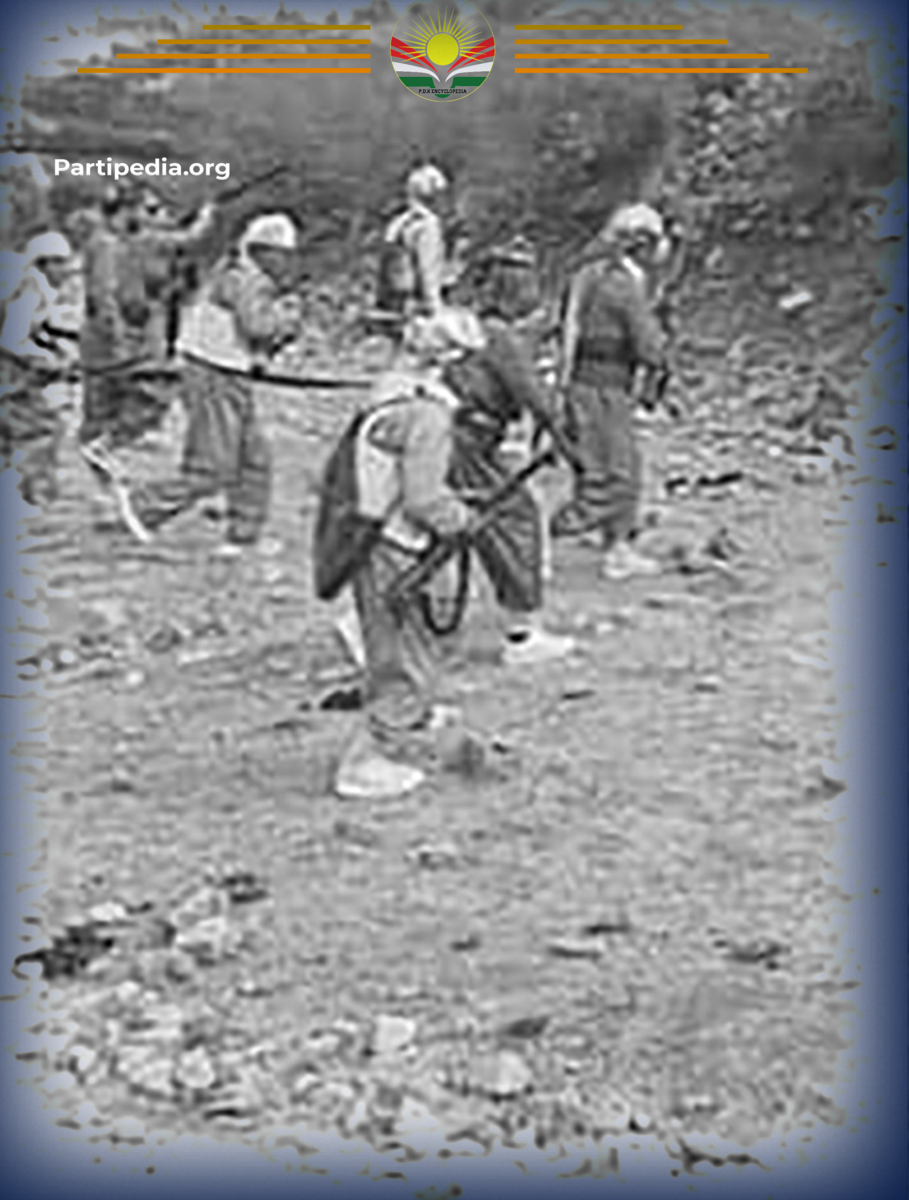The PDK organizations within the Zakho military units played a crucial role in relaying information about army movements to Mullah Salih Haji Balqusi, the head of the party's Zakho Regional Committee, who then passed the intelligence to Isa Suwar, the Peshmerga commander of the region. Since March 1962, the Peshmerga had taken control of several government outposts and established themselves in Turkzha and Qalma villages in Geli Zakho and Slivana districts. On the morning of April 1, 1962, Isa Suwar received an urgent letter from the Zakho Regional Committee informing him that a military regiment in Sheikhan, commanded by Colonel Majid Saba al-Abusi, was en route to replace the Batifa Regiment. Earlier, the Batifa Regiment had departed for the Fayda military base, and by 8:00 a.m., their convoy reached Geli Zakho. This vital information had been previously provided by Khurshid Salim Sher, a member of the PDK within the 2nd Battalion of the 3rd Brigade, who informed Mullah Ali Rashad Hajani, ensuring the intelligence reached Commander Isa Suwar. Upon receiving the news, Isa Suwar convened a meeting with several Peshmerga commanders in Hassan Ava village to devise a strategic plan for attacking the 2nd Battalion of the 3rd Brigade. During the meeting, the Peshmerga forces were divided into six groups, each with a specific role in the battle. The first group, led by Isa Suwar with his guards and senior Peshmergas, positioned themselves below Zakho near Hassan Ava village. The second group, stationed west of Geli Zakho, was composed of Hashim Merozi, Yasin Rashe Merozi, Ahmad Mahmoud Sharanshi, Ali Rasho, Farhan Ali, and Arif Darwish. The third group, positioned east of Geli Zakho near the Sahrije Booka base, included Commander Ali Halo, Salman Khurshid, Saeed Halo, Saeed Khelil, and several others. The fourth group, tasked with distracting the Kalfrin military checkpoint, consisted of Sheikh Mustafa Haji Mahmoud, Mohammed Khalid, Numan Mohammed, Shaban Saeed, and Jangir Sevu. The fifth group, occupying the eastern side of Zakho, comprised Sulaiman Lachi Mazuri Bala, Arif Sulaiman Doski, Ali Ali Saifuddin, Sheikh Sadiq Abdullah, Amin Ozmani, and others. The final group, led by Yasin Mohi Dizwi and Abdulrahman Mohammed Abdul’s Peshmergas, was assigned to attack and seize the Kukhen-Turkzha military checkpoint. The battle plan emphasized strict adherence to instructions, with Ali Halo ordered to fire the first shot to signal the start of the attack. Additionally, the Peshmergas were cautioned to shield themselves from enemy aircraft and prevent the first two vehicles of the convoy—carrying the regiment commander and communication equipment—from escaping. This measure was crucial to prevent the Iraqi forces from contacting Duhok for reinforcements, which could have jeopardized the operation.
Following the self-organization and meticulous preparation, the confrontation plan was devised in the form of a carefully orchestrated ambush. The Peshmerga, in a highly strategic and discreet manner, camouflaged themselves with tree leaves and positioned themselves covertly along the ambush sites. One of the initial tactical moves executed by the Peshmerga was to sever the telephone lines between Zakho and Mosul, thereby isolating the area and cutting off communication with potential reinforcements. On the morning of April 1, 1962, as the regiment's convoy, consisting of 35 vehicles, including five tanks, five officers' jeeps, and two pickup trucks carrying the regimental commander's guards and communications equipment, reached the end of the gorge, the Peshmerga launched their attack. The convoy came under heavy fire from both sides, resulting in significant casualties among the officers and soldiers. Among the casualties, the regiment's commander, Colonel Mohammed Yahya, was wounded, while his assistant, Lieutenant Nasim Turkmani, was killed. The Peshmerga forces managed to capture six officers and 173 soldiers, taking them as hostages, while 53 additional officers and soldiers sustained injuries during the clashes. Furthermore, the Peshmerga seized all the regiment's weapons, ammunition, military vehicles, and equipment, delivering a substantial blow to the enemy forces. However, the Peshmerga also suffered casualties in the battle, including the deaths of Yasin Merozi, Sabri Abdi, and Qadir Ismail Hassan. Several others, such as Mohammed Yousif Gravi, Ismail Hajar, Faizi Osman, and Sulaiman Aso, sustained injuries, alongside many other brave fighters who were wounded during the confrontation.
The fighting sparked a significant reaction across military, political, and national circles, to the extent that even the Iraqi Army Staff General, Ahmad Saleh Abdi, hesitated to inform Abdul Karim Qasim of the defeat. Reportedly, he waited ten minutes before breaking the news to him. In Baghdad, rumors circulated that the Staff General had asked an officer to discreetly place the report on the president’s desk, reflecting the immense embarrassment caused by this disgraceful defeat, which reverberated widely throughout Iraq. Among the Iraqi populace, ridicule of Abdul Karim Qasim’s propaganda became widespread, especially his prior declarations claiming to have eradicated "gangsters and obstacles." This incident highlighted the reality that his government had failed to neutralize the Kurdish movement. Concurrently, the Iraqi military began to comprehend that the conflict in Kurdistan had entered a new, more formidable phase and that dismantling the Kurdish movement would not be as straightforward as anticipated.
Iraqi political forces, too, recognized the implications of the ongoing war in Kurdistan, acknowledging that its continuation would inflict further damage on Iraq and perpetuate the nation’s problems. However, this realization did not extend to the Ba’ath Party and Arab nationalists, whose stance on the Kurdish cause remained unchanged. They attributed the continuation of the Kurdish insurgency to what they perceived as Abdul Karim Qasim’s leniency and failure to apply sufficient force against the Kurds. These factions argued that the Kurdish movement could be suppressed and eradicated through intensified shelling, the deployment of overwhelming force, and an escalation of violence. In response to the setback, the government doubled down by deploying additional troops to Kurdistan, escalating its military operations. Simultaneously, it initiated a brutal campaign of expulsions and arrests targeting civilians and alleged supporters of the Kurdish revolution, particularly in the town of Zakho. These arrests were carried out arbitrarily, often without any evidence to substantiate the accusations, further deepening the government’s repression.
Source:
١- عبدالفتاح علي البوتاني، منطقة بادينان ١٩٢٥ – ١٩٧٠، ج ٢، مطبعة جامعة صلاح الدين، اربيل، ٢٠١٧.
٢- محەمەد ساڵح پێندڕۆیی (جگەر سۆز)، ژیان و خەباتى شەهیدى فەرماندە عەبدوڕەحیم جەسیم بارزانى، بێ شوێنى چاپ، ٢٠٢٠.
٣- روژین چلبى منیر، زاخۆ ١٤ى تیرمەها ١٩٥٨- ٦ى ئادار ١٩٧٥، سەنتەرێ زاخۆ بۆ ڤەکۆلینێن کوردى، زاخۆ، ٢٠١٨.
٤- شکیب عقراوی، سنوات المحنة في كردستان. اهم الحوادث السياسية والعسكرية في كردستان و العراق من ١٩٥٨ – ١٩٨٠، مطبعة الثقافة، اربيل، ٢٠٠٧.

